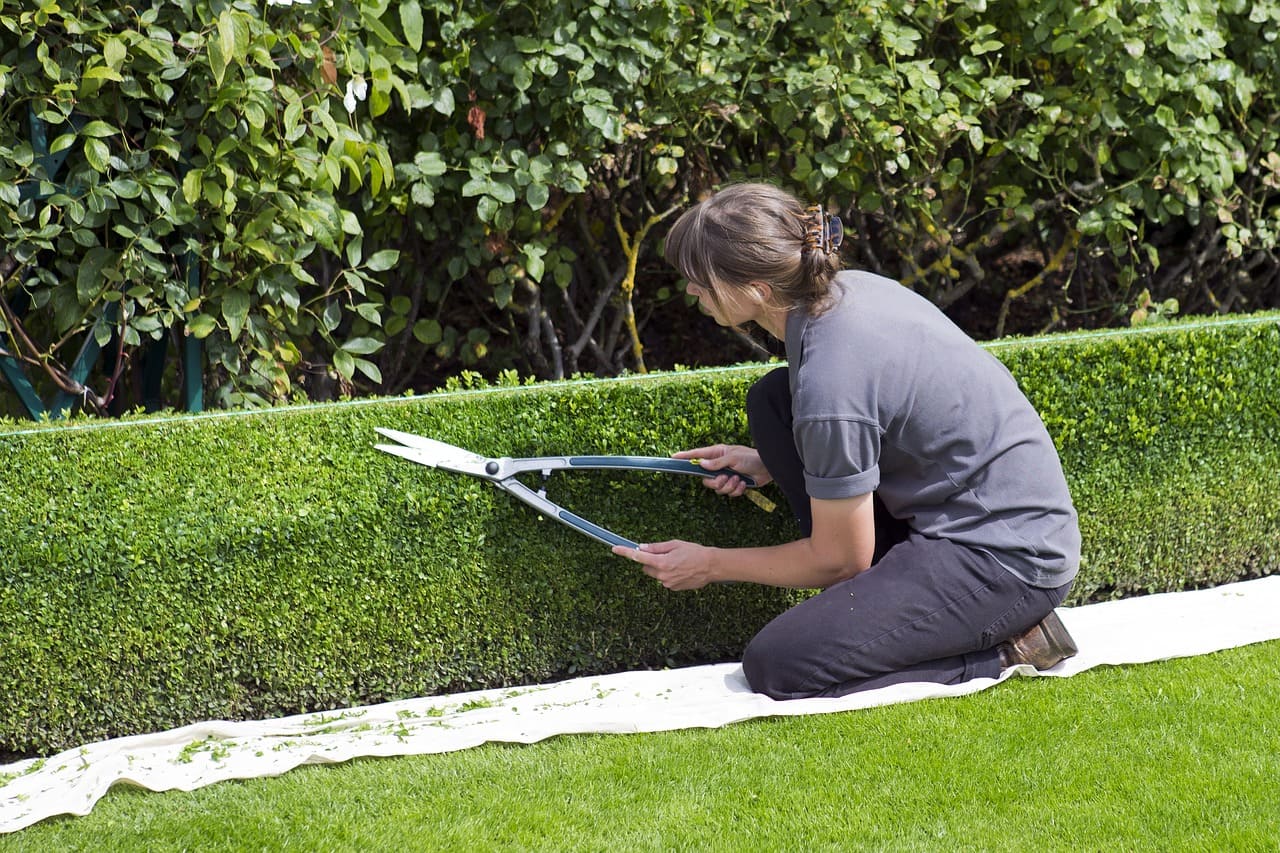
How to Grow and Take Care of Hedge Plants in Ontario
If you’re a proud homeowner in Ontario, you know that having a well-maintained garden or yard adds tremendous value to your property. One of the best ways to enhance the beauty and functionality of your outdoor space is by planting a hedge. Hedges not only provide privacy but also act as natural windbreaks, reduce noise pollution, and create a stunning aesthetic appeal.
In this comprehensive guide, we will explore the best hedge plants for Ontario’s climate, share tips on how to grow and take care of hedges palnts, and discuss the importance of professional hedge planting services in achieving a thriving, picturesque hedge.
Choosing the Best Hedge Plants for Ontario-
1. Arborvitae (Thuja occidentalis):
2. Boxwood (Buxus spp.):
3. Yew (Taxus spp.):
4. Lilac (Syringa spp.):
5. Forsythia (Forsythia spp.):
6. Hemlock (Tsuga spp.):
7. Cedar (Cedrus spp.):
Once you’ve selected the right hedge plant for your Ontario garden, it’s time to get your hands dirty and start planting.
Planting Your Hedge: Step-by-Step Guide-
1. Choose the Right Location:
2. Prepare the Soil:
3. Dig a Trench:
4. Place the Plants:
5. Spacing:
6. Backfill the Trench:
7. Mulch:
8. Watering:
9. Pruning:
Hedge Planting Services in Ontario-
1. Expertise:
2. Efficiency:
3. Proper Preparation:
4. Correct Spacing and Alignment:
5. Ongoing Care:
6. Insurance:
Caring for Your Hedge in Ontario-
After your hedge is planted, proper care is essential to ensure its long-term health and beauty. Here are some key care tips for maintaining your hedge in Ontario:
Watering:
During the first year, regular watering is crucial to help the roots establish themselves. Afterward, water during dry spells to prevent drought stress.
Fertilization:
Apply a balanced fertilizer in the spring to promote healthy growth. Be sure to follow the manufacturer’s recommendations for dosage and application.
Pruning:
Prune your hedge to maintain its shape and encourage dense growth. Different hedge plants require varying pruning schedules, so consult with a professional or do some research on your specific plant type.
Mulching:
Replenish the mulch around your hedge regularly to retain moisture, suppress weeds, and insulate the soil.
Pest and Disease Management:
Keep an eye out for common pests and diseases that can affect your hedge plants. Early detection and appropriate treatment are essential.
Winter Protection:
Protect your hedge from heavy snowfall and winter winds by erecting burlap screens or barriers. This will help prevent breakage and damage.
Read More:
Conclusion-
Now understanding how to grow and take care of hedge plants in Ontario can transform your outdoor space into a lush, inviting haven. By choosing the right hedge plants, following proper planting techniques, and considering professional hedge planting services, you can create a picturesque and functional landscape that adds value and beauty to your property. Remember that a thriving hedge requires ongoing care and maintenance, so dedicate the time and effort needed to enjoy the rewards of a beautiful, healthy hedge for years to come.
